The issue of crime today in our country is particularly acute. Moreover, the scale of development of this problem is so large that it threatens not only the life of an individual, but the whole state. The percentage of the most serious cases of breaking the law has increased; corruption crime is developing more and more every year. We can say that Russia is on the verge of being called a criminal country. Quantitative and qualitative indicators of crime are not well understood, so this situation arises. Timely publication of these data will help our country deal with the negative phenomenon.
What is crime? The concept
In our country and around the world, crime is developing. Criminology is a science that studies all aspects of crime. This term is one of the most difficult. Currently, there is no single concept of crime, each author puts forward his own version, and they all have the right to life. Some believe that crime is a social process, while others consider this concept as a set of offenses.
The meaning of the term depends on which approach the author has chosen. On the part of the law, crime is a system or set of offenses that have been committed in a country over a given period. All individual elements, such as the type of violation and its severity, are predicted by experts. Crime statistics are also kept, which helps to determine what special attention needs to be paid.
Of course, this term can be defined as a social phenomenon. Since its nature is not determined by biological processes, but by relations in society. Crime negatively affects society, causing irreparable harm to both individuals and the system as a whole.

Due to the fact that crime is striking in its diversity, it is becoming increasingly difficult for the country to fight it. Moreover, both at the theoretical level and in practice.
We can conclude that crime is a social mass negative phenomenon, which consists of individual offenses committed in a certain time.
Quantitative and qualitative indicators of crime determine its nature and character. In order to analyze the level of offenses in the country, it is necessary to use a lot of data, such as the type, structure and description of individual offenses.
The quantitative characteristic of crime is to analyze the time of the offense, the territory and the number of persons. Qualitative indicators determine gender, age and crime scene. Quantitative attributes include state, crime rate and dynamics, and qualitative attributes include structure and character.
State of crime
This concept is a combination of offenses and the persons who committed them, for a certain period of time in a certain territory. It is characterized by such aspects as the number of crimes and persons convicted of these acts, the total number of offenses committed (both registered cases and hidden), as well as the damage caused.
To assess this negative phenomenon, the absolute number of violations and the persons who committed them are of utmost importance.Using this indicator, you can determine what material and human resources you need to use to combat this negative social phenomenon. Assessing the state of crime in different regions for a certain period of time is much more difficult. In these cases, other data apply.
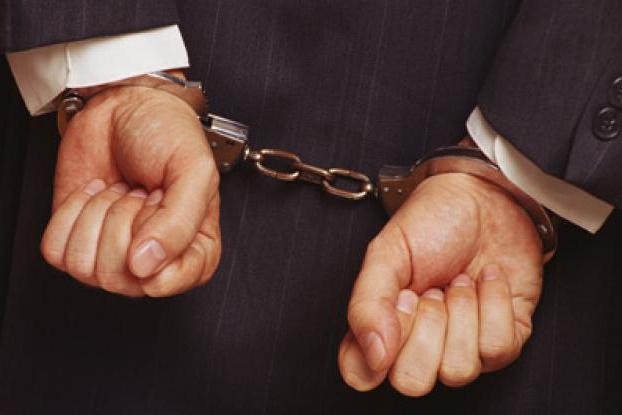
The state of crime can be divided on two grounds: territorial and temporary. When analyzing this indicator, one should also take into account the statistics of various types of violations of the law (hooliganism, theft, murder, etc.). Quantitative and qualitative indicators of crime are very important in the analysis of offenses, and it is necessary to use all the data to most fully present the picture of the act.
Crime level
This indicator is one of the fundamental, with its help you can compare the level of negative social phenomena in different countries. This coefficient is calculated both for the entire population, and for people subject to criminal liability (14 years).
Data on the number of crimes and criminals will allow you to compare and evaluate the crime rate in several places and time periods. The formula for the calculation is as follows:
Kn = P × 105/ N,
where P is the number of recorded offenses for the time interval; N - the number of people living in a certain territory; ten5 - a single calculation base (you can change the number depending on the region).
This is the most popular formula used in any crime assessment. But in criminology, there is another important indicator - the activity index of offenses. It allows you to analyze the criminal infection of the territory. That is, to identify the level of public danger, as well as the level of severity of individual criminal offenses committed in different years. It is calculated as follows:
Ip = m H × 105 / N,
where m is the number of criminals who committed acts at a certain time in a particular area; N - the number of people aged 14-60 years living in this territory; ten5 - a single calculation base (you can change the number depending on the region).
The crime rate is a difficult indicator, and to calculate it you need to know some rules:
- The most optimal calculation period is one year. Here you need to take all the crimes that determine the dynamics of violations that develop over the time interval.
- The number of active population is relevant only for a certain date, as it is mobile and constantly changing.
- For the calculation, you can take not only the total recorded crime, but also, for example, the number of juvenile delinquents, men, women, as well as the number of disclosed acts.
Crime dynamics
This term means changes in the entire system of offenses or its individual properties over a time interval. The purpose of calculating this indicator is to identify certain patterns in the change in crime, as well as forecasts for trends in the development of this process in the future. There are two ways to analyze dynamics: current and systematic. The first case involves comparing the crime rates of the current year with the previous one. And the second method is different in that, within the framework of the calculation, you can compare data for specific time periods.
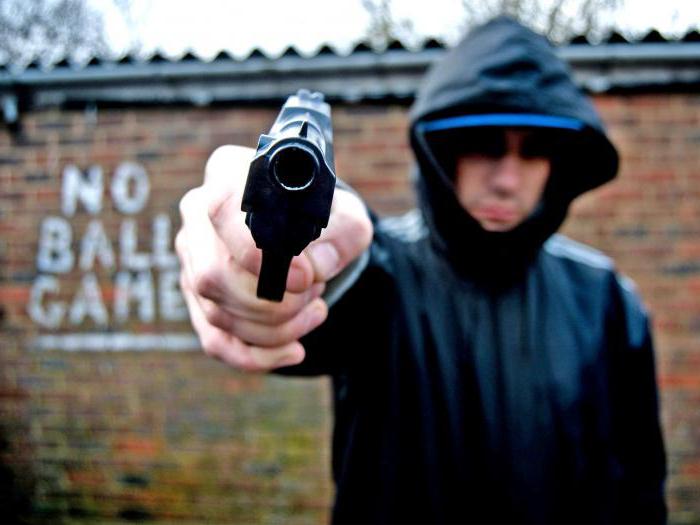
Crime dynamics is characterized by three main indicators: absolute change, growth rate and growth rate.
Absolute growth (decrease) is calculated by the following formula:
A = U-U1,
where U is the current crime rate; U1 - previous data of this indicator.
The growth rate can be calculated as follows:
T = U / U1 × 100%
The formula for calculating the growth rate:
T1 = T-100%
The dynamics of crime is influenced by many factors, such as the social and demographic composition of the population, education, industry, financial situation.In addition, the dynamics depend on the time of year and even days of the week. According to statistics, in the summer the number of violent offenses increases; there are more motor vehicle crimes in the winter and hooliganism during the holidays.
The structure and nature of crime
The structure is determined by the ratio of types of crimes to the total number of offenses. The recorded population is considered for a period of time (year, quarter, month). The structure of crime as an indicator can be calculated in both absolute and relative terms. Her study helps to better predict the groups and types of possible offenses.
Crime prevention, an active fight against this phenomenon, a high level of crime detection have a positive effect on its level. A weakened effect on certain types of acts, a slow response entail an increase in crime.
The nature of crime is a qualitative indicator that is closely related to the structure, but specializing in the main content of types of crimes, their dominance in the totality of real and recorded crime.
The nature of crimes is determined by the direction of the fight against real crime, which is given special attention in criminology. Quantitative and qualitative indicators of crime play a key role in the analysis and forecasting of offenses.
Crime classification
The selection of crimes on one or another basis is made depending on two factors:
- the level of danger of the act;
- the nature of the danger of the crime.
Types of crime are divided into several main categories:
1) Acts of minor gravity. The simplest offenses, the punishment for the commission of which does not exceed two years in prison.
2) Crimes of moderate gravity. A punishment of up to five years in prison is envisaged for the commission of intentional offenses, and up to two years for negligent acts.
3) Serious crimes. The maximum penalty for the commission of this type of act is ten years in prison.
4) Particularly serious offenses. A deliberate crime of this category is punishable by imprisonment of ten years or more.
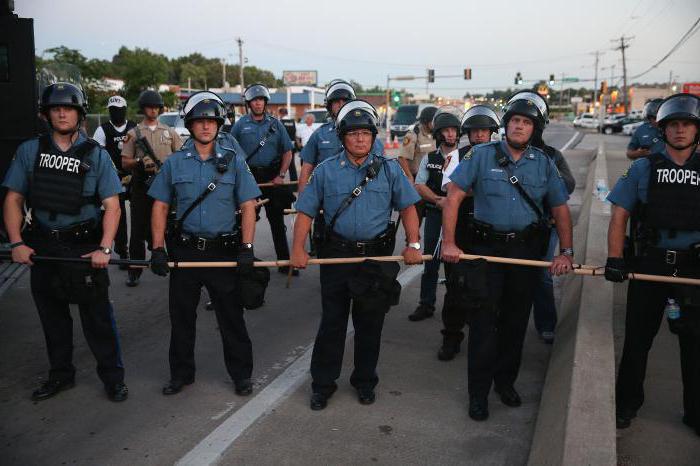
Types of crime are also classified as follows:
- according to the degree of public danger can be simple, skilled and privileged;
- intentional and careless are distinguished by type of guilt.
Offenses are divided in relation to one of the spheres of society. Spheres of crime can be very diverse: political, economic, environmental, tax, state, etc.
Why are crimes committed?
The causes and conditions of crime are the most important factors in the fight against it. If you want to influence something, first you need to find out why this happens. Causality in general is a connection of things and actions that give rise to any phenomenon or process.
The cause of crime is a complex of economic, social, political, psychological and negative phenomena, which together with the conditions determine the existence of crime. The following causes are most common: nationalism, greed, reluctance to follow any rules, aggressiveness, frivolity, reckless actions. They are not aggregates of motives for crimes; they give rise to social criminal motivation in society.
The conditions of crime are those factors which in themselves are not the causes of crimes, but contribute to its formation. In other words, without a condition there will be no reason. For example, the disadvantages of economic activity and material security lead to the formation of the psychology of egoism.
The causes and conditions of crime are closely related and are social processes.They can be described as negative phenomena caused by difficulties in managing public order.
What type of crime is the most dangerous?
Many experts unanimously say that organized crime is the main threat to all. Moreover, it is much more dangerous than terrorist groups that do not have an adequate supply of funds with which to threaten the existence of states. Organized criminal gangs (organized crime groups) operate in secret, so many ordinary residents do not even know about their existence.
Organized crime is dangerous, first of all, with its financial power. Of course, reliable information on income is almost impossible to obtain, but unofficially it is believed that the average profit of organized crime groups for the year is $ 2 trillion. That is, almost 4% of world GDP consists of money earned from illegal arms sales, racketeering, illegal human trafficking, etc.
Organized crime groups are currently actively penetrating state structures. If this happened in a particular country, then unpleasant consequences can not be avoided. Criminals gain access to official government documents, the banking sector and many other privileges. Thus, the transportation of illegal goods is much easier and increases in scale.
The “tidbit” for organized crime groups is the economy of states. If organized crime somehow got there, it is almost impossible to eradicate. Even if the government realizes that the economy is controlled by criminals, the application of severe sanctions will entail a threat to the existence of the structure. A good example of this is the French Riviera. Tough measures to combat organized crime groups can lead to the disappearance of thousands of jobs and stagnation in tourism and restaurant business.
Organized crime groups are not shy about investing in legal, banking and brokerage sectors. Subsequently, those organizations that received assistance cover them, which allows criminals to penetrate the economy. What used to be the “shadow economy” is now legal in many countries of the world.
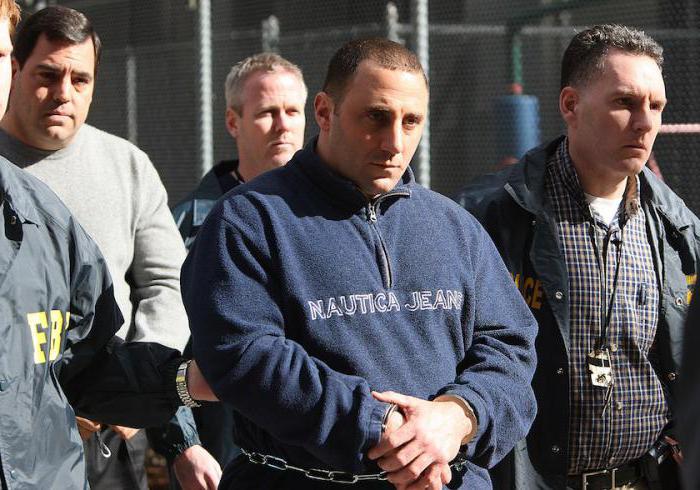
Organized crime makes excellent use of the global crisis, borrowing money from businesses that are on the brink of existence. Then they take these organizations for debts and, thus, strengthen their position in the market.
Currently, organized crime groups are spread all over the world. This happened due to the fact that the law enforcement agencies of the states did not fight well enough against them. Conflicting with local crime, everyone forgot about organized power. Since then, organized crime groups have greatly strengthened and are now a huge problem for the entire planet.
Organized crime was able to overcome all the obstacles to its power through the flourishing of corruption. Most people are unhappy with their salary, and the “premium” for a certain service looks like a pretty tempting offer.
The most important reason for the success of organized crime groups is considered by many experts to be the fact that after the terrorist attacks of 2001, the countries of the world threw all their forces into the fight against terrorism, thereby taking organized crime to the background. Specialized services that were involved in countering organized crime groups were reduced, funding was reduced. Most workers left their posts and left for new counter-terrorism departments. The organized crime groups could not but take advantage of such freedom.
The fight against organized crime is still possible. It should consist of three steps: monitoring the activities of groups, creating specialized bodies and services, and improving the system of punishment. Of course, all these conditions are extremely difficult to implement, but if the law enforcement agencies of the strongest countries in the world take this problem seriously, there is a chance of solving it and ending the organized crime group.
Characteristics of female crime
Female crime is completely different from male crime and is distinguished by many factors:
- conditions and reasons for the commission of offenses;
- the chosen method and tool;
- the nature of the act;
- the choice of the victim.
This is due to the fact that in most cases women commit offenses in a state of passion, or just having made a decision. There are very few deliberate, carefully planned crimes committed by the weaker sex. This is due to both the historically established place of women in public relations, and biological, psychological characteristics.
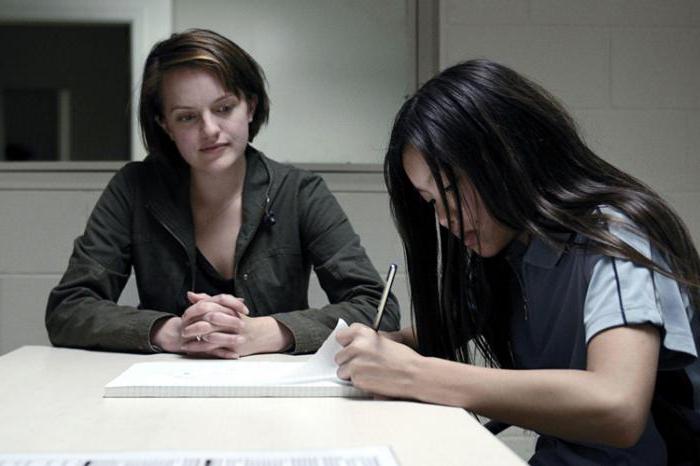
Most often, the fairer sex commit crimes for personal gain, for example, theft. Offenses like robbery are much less common. And very rarely, women carry out violent acts. More than half of all acts are committed for selfish purposes.
Female crime is characterized by the fact that violent crimes are committed in domestic quarrels. Most of them occur at the time of alcohol or drug intoxication. The most common are murders in the face of jealousy or crime in response to male violence. Now the number of women participating in terrorist attacks has increased significantly. Of the causes of female crimes, the following can be distinguished:
- misunderstanding and quarrels within the family;
- alcohol and drugs;
- lack of funds, resulting in long-term depression;
- humiliation and scuffle in the family.
Juvenile delinquency
This issue is always given special attention, but the problem is not solved, but only exacerbated. The crime of adolescents is perceived by society as the most dangerous sphere, since this is our future generation, and the more crimes among minors, the more likely this negative influence will develop in the future. To understand the problem, you need to understand the causes of offenses in adolescence.
Minors are one of those categories of the population that are most exposed to stress and irritation. The desire to get rich quickly leads teenagers to rash acts. They are easily forced to participate in terrorist acts and riots. The desire to assert oneself often pushes juveniles to commit offenses.

Experts believe that television affects adolescents badly. The violence on the screen makes them want to bring it to life. In summer, the greatest number of crimes by adolescents. This is due to the fact that children spend their leisure time in basements or in attics. They are left to their own devices and can do whatever they want. Not always parents notice changes in the behavior of adolescents, which can lead to serious consequences.
At present, minors constantly have a desire to leave somewhere, to give up everything in search of a better life. This problem manifests itself especially if the child is treated abusively in the family, bringing the matter to the beat. Then the teenager considers this attitude to be the norm and shows aggression towards old sick people and animals. Often there are times when a rude attitude towards a child causes a desire to take revenge, and sooner or later a crime is committed.
Concluding, it can be noted that juvenile delinquency develops due to inattention or rude attitude of parents, difficult relationships with peers, and the lack of state support. To change the situation, these three factors must be taken as a basis. Active prevention of adolescent behavior, the creation of budget entertainment places for a normal teenager pastime will help to rectify the situation.